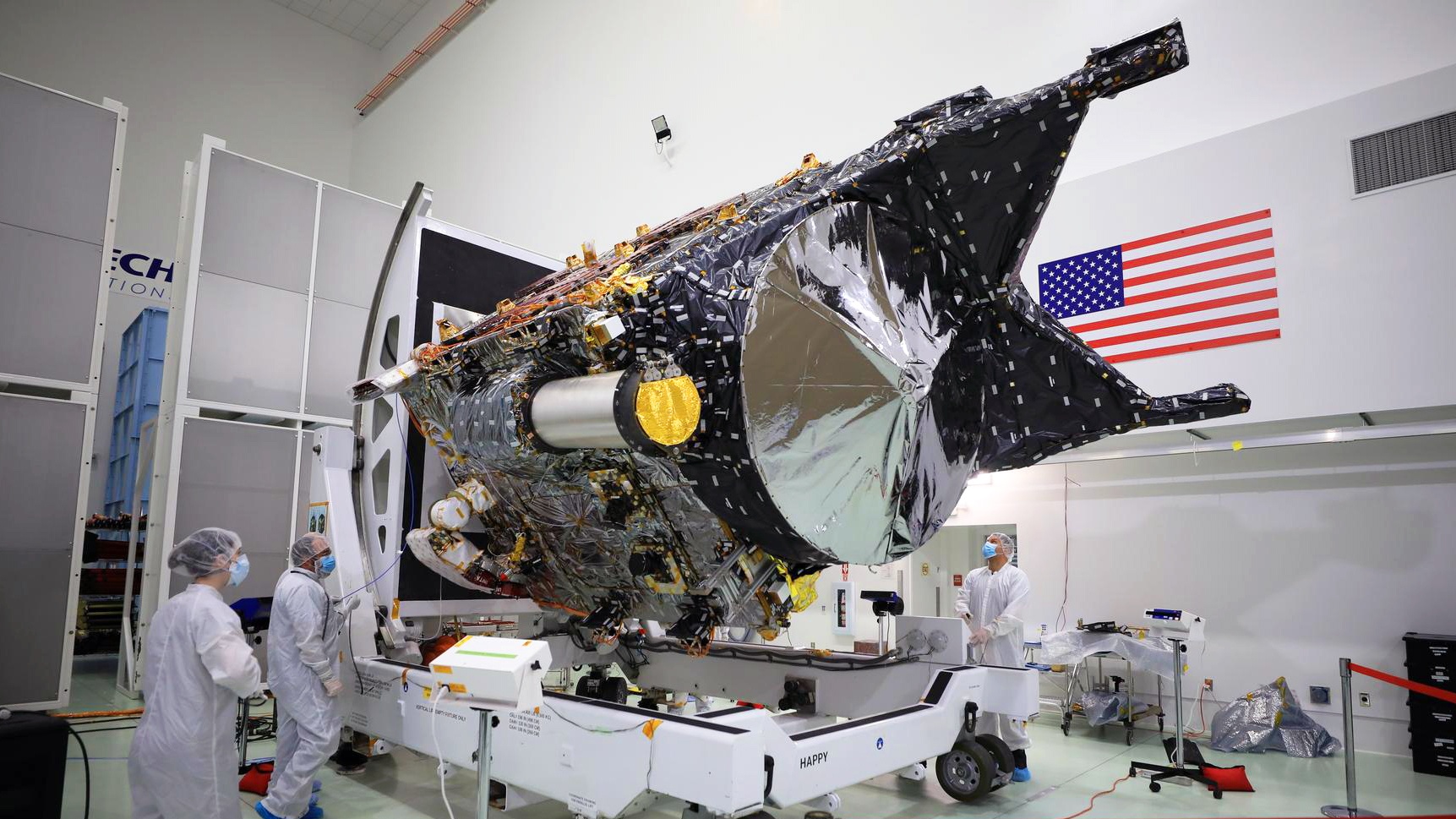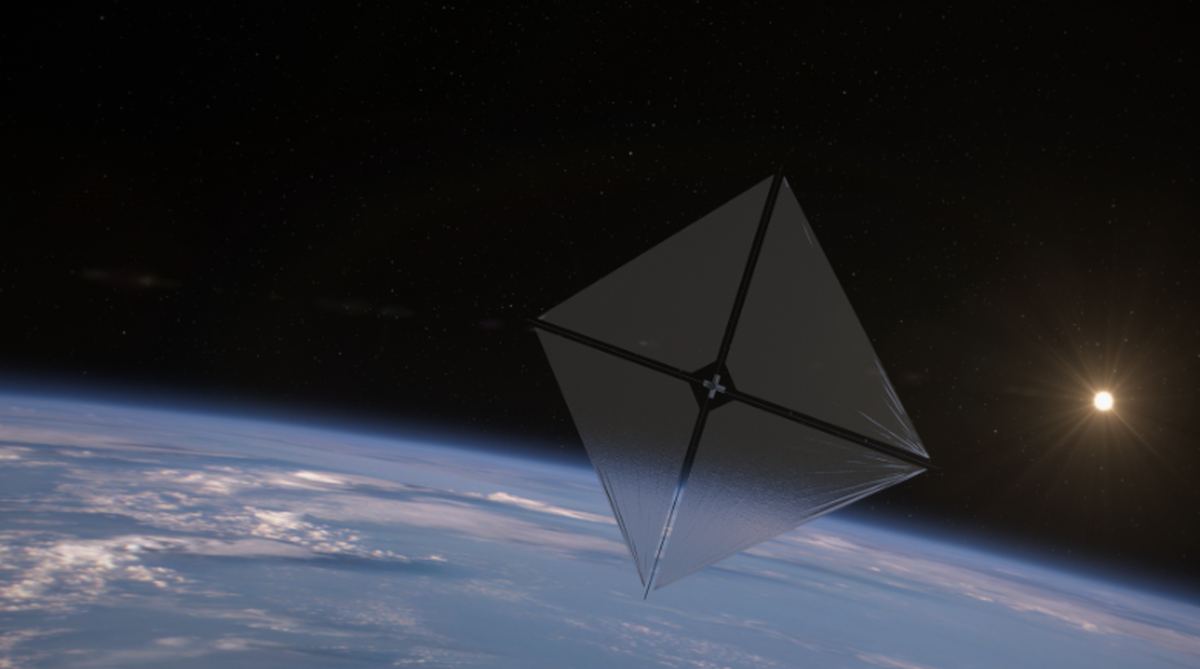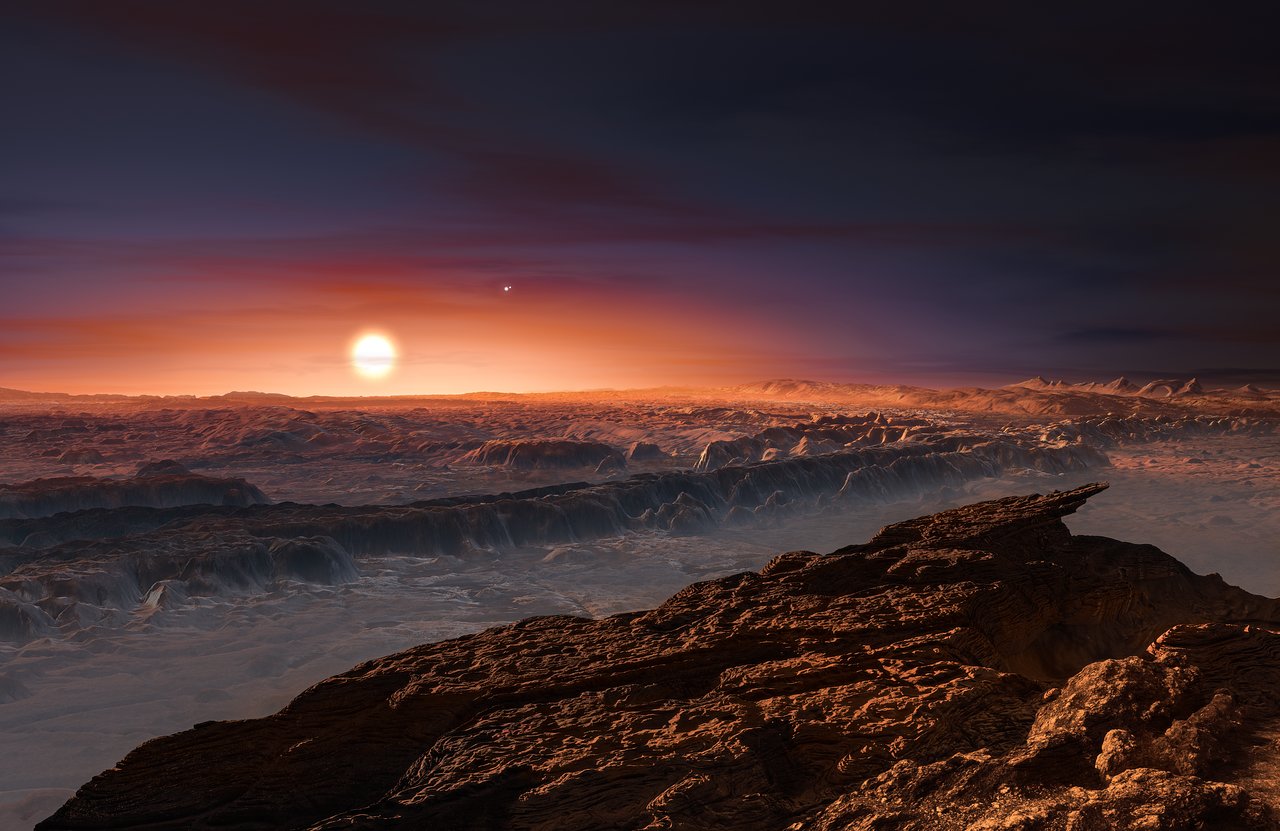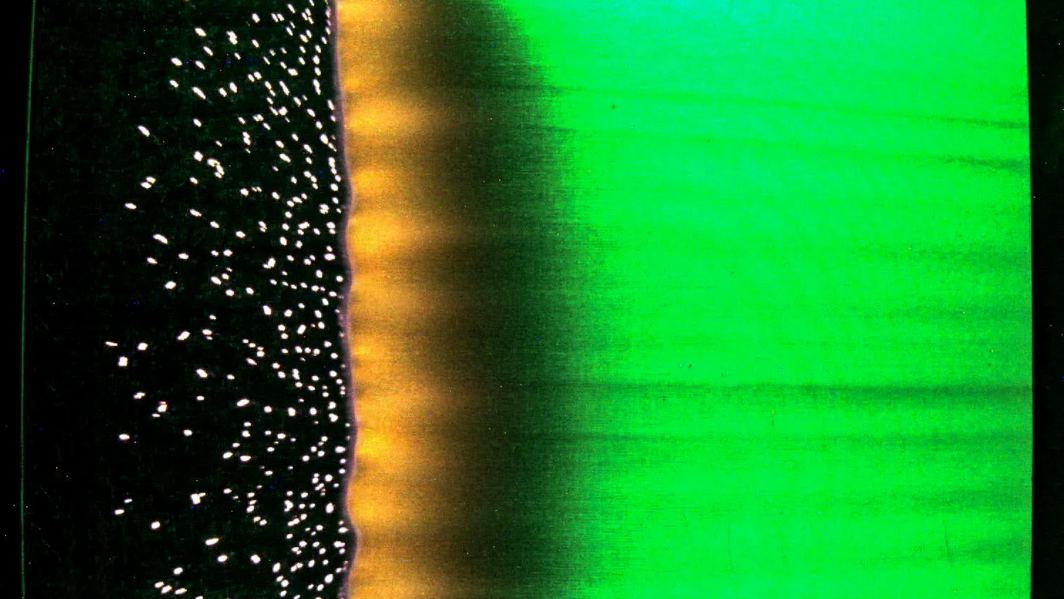The Moon’s polar regions are home to permanently shadowed craters. In those craters is ancient ice, and establishing a presence on the Moon means those water ice deposits are a valuable resource. Astronauts will likely use solar energy to work in these craters and harvest water, but the Sun never shines there.
What’s the solution? According to one team of researchers, a solar collector perched on the crater’s rim.
Continue reading “Lighting Up the Moon’s Permanently Shadowed Craters”









